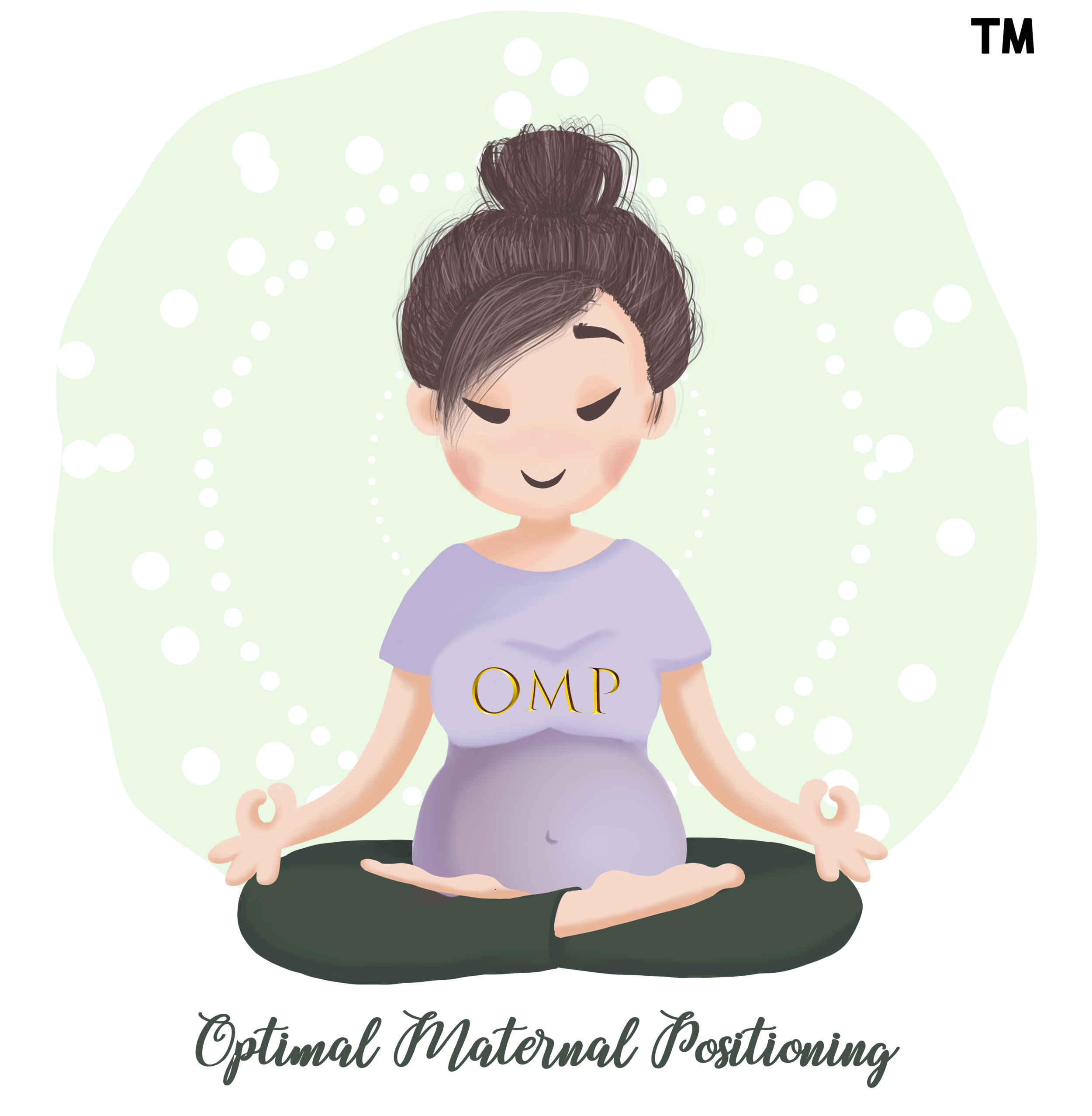Pregnancy Discomforts: Pelvic Girdle
recognising pain & discomfort during pregnancy: pelvic girdle pain
What is it and when does it usually start?
Pelvic Girdle Pain, or sometimes referred to as pelvic disorder, pelvic instability or pubic symphysis disorder is a condition that can occur at any stage of pregnancy without too much warning. Although it can affect generally healthy pregnant women and can be independent of history of activity level throughout life, pelvic pain mostly presents with people who have a history of lower back pain/trauma or pelvic related injuries. Therefore, it is best to see a chiropractor as soon as possible or other complimentary health professional if you suspect any of these issues may resurface during your pregnancy.
Where does it usually hurt?
Pelvic girdle pain can present as symptoms around any of the related joints of the pelvis: the sacrum or tailbone, the sacroiliac joints (where those dimples are located, around the lower back or even in the front of the pelvis where the ligaments are located). Some people can feel sensations of sharp pain while others may feel a dull, achy type of pain throughout the joints. There may even be clicking or a rubbing sound in the joints upon movement as well.
What activities should I avoid?
Pelvic dysfunction affect the joints that enable the legs to abduct (which means moving away from the midline), it is best to avoid movements of the lower body that requires the legs to move further apart than the width of hips distance. It is advised to avoid activities such as getting in and out of the car with spread legs, climbing into bed or into the tub one leg at a time thus causing the spreading of the legs (abduction), exercise activities that cause the separation of the legs such as certain yoga poses and any other asymmetrical positioning of the pelvis/hips.
What exercises can I do?
Performing the following exercises (with gentle care) can help relieve the pain but will not get to the root cause of the problem. (As with all conditions, it is best to see your chiropractor or health practitioner to diagnose and explain your condition accurately in order to recommend the needed exercises and movements).
Strengthening:
glute bridges
Mobility
Abductor Stretches
Gentle circles
Cat/Cows
Side stretching
Ergonomics
Sleeping: side lying with a neutral spine and pelvis in alignment. Adding an additional support under the belly may be needed to keep everything neutral.
Standing: Keeping a neutral spine and pelvis, knees in slight flexion. Try not to hyperextend your knees or lower back.
Sitting: Preferably on a ball making sure that your are not sitting on your pubic bone or tail, rather sitting on your ischial tuberosities (sitting bones).
Self Care
Prenatal Chiropractic Care
Self Massage Techniques: use of mobility ball, foam roller, mobility stick

